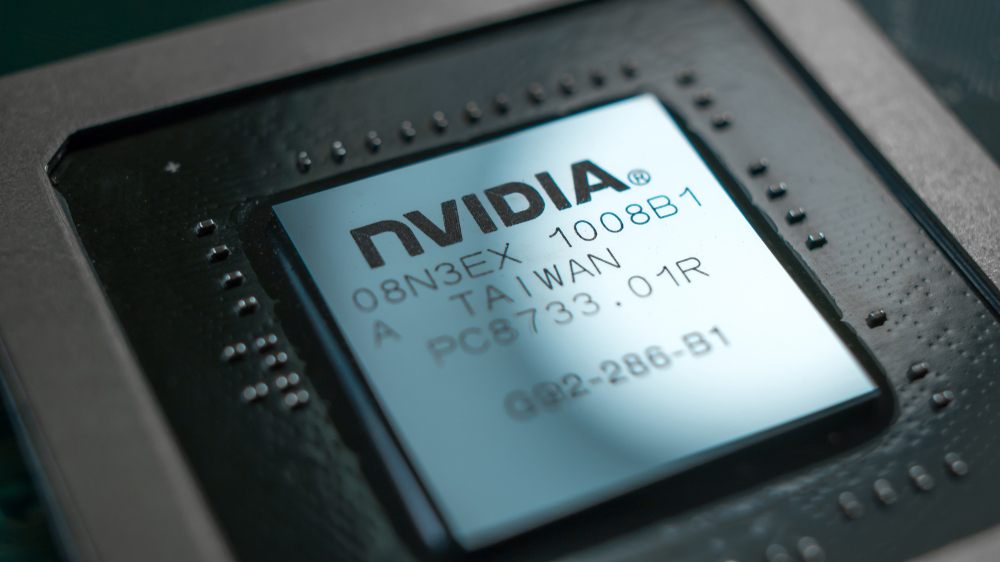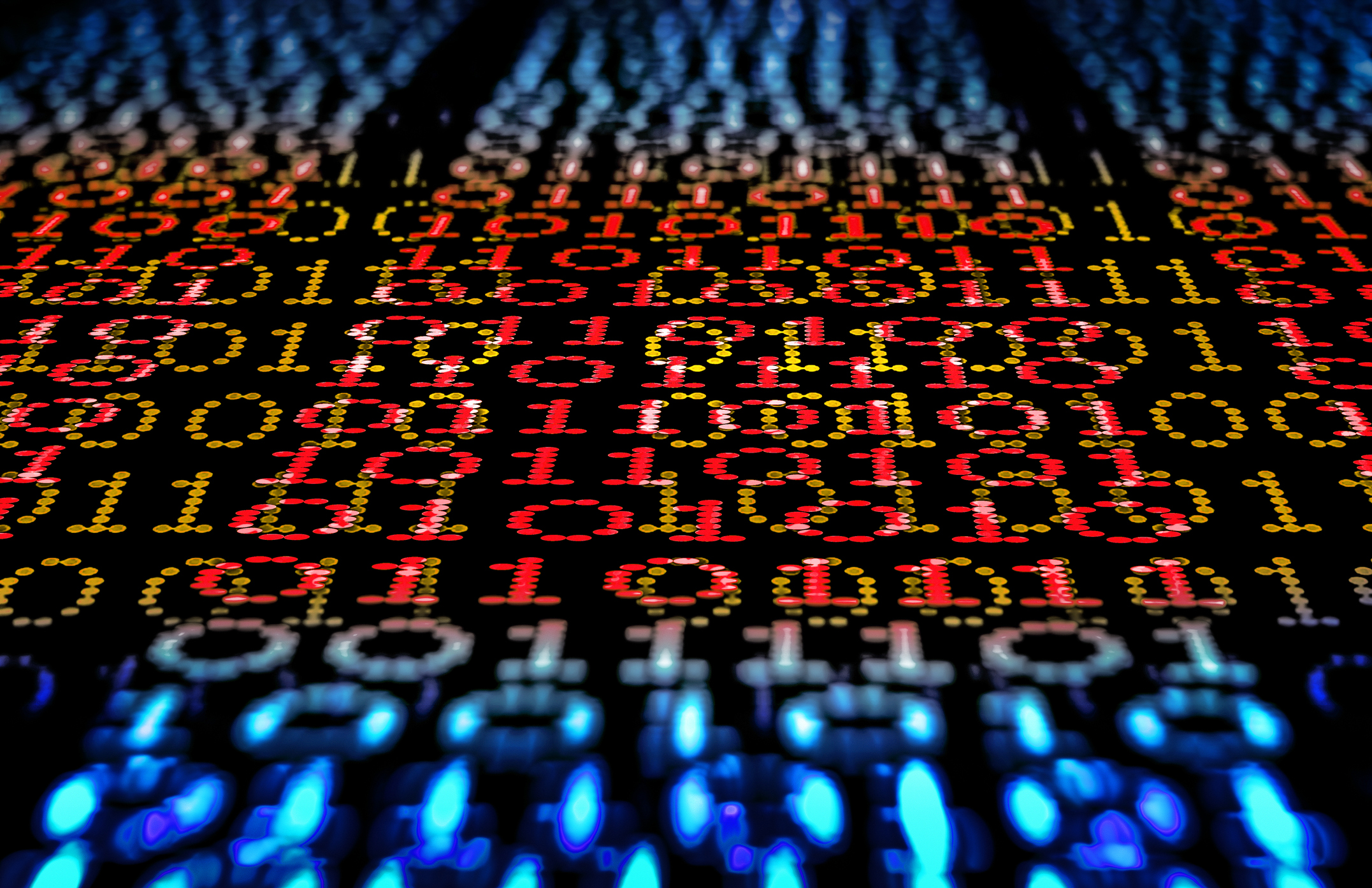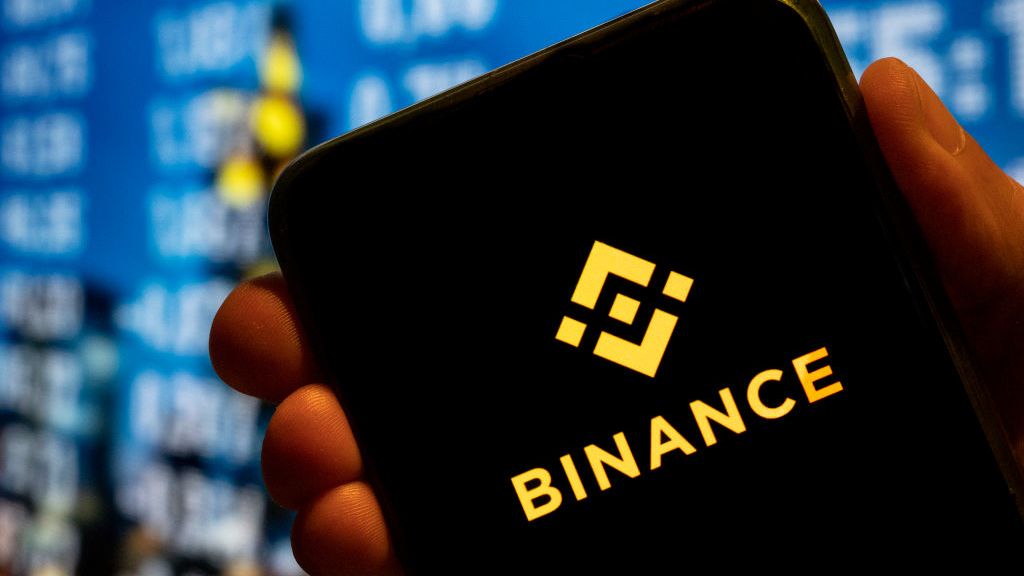Businesses urged to patch against 'highly severe' Nvidia flaws
GeForce, Quadro and Tesla GPUs are affected by bugs that could lead to local code execution


A host of Nvidia graphics chips are affected by five dangerous vulnerabilities ranging in severity, including one that could allow an attacker to execute malicious code locally.
Organisations using NVIDIA's GeForce, Quadro and Tesla graphics processing units (GPUs) have been urged to update their drivers immediately after the graphics giant published details around the recently-discovered flaws.
The most severe flaw, dubbed CVE-2019-5683 and rated 8.8 via CVSS V3 standards, involves a flaw in a component of the Windows GPU Display Driver software. If exploited, a malicious actor can install malware on a victim's machine.
More specifically, if an attacker has gained access to the user mode video driver trace logger component, they are able to create a hard link because the software does not check for such an attack.
Successfully taking advantage of this vulnerability could lead to local code execution, denial of service, as well as privilege escalation attacks.
Elsewhere, two separate flaws with DirectX drivers, each given a severity rating of 7.8, would also allow an attacker to execute malicious code or launch a denial of service attack.
Both flaws were first discovered by Cisco Talos security researcher Piotr Bania, who noted that VMware's ESXi, Workstation and Fusion products are affected by the out-of-bounds write vulnerability triggered through a specially crafted shader file.
Sign up today and you will receive a free copy of our Future Focus 2025 report - the leading guidance on AI, cybersecurity and other IT challenges as per 700+ senior executives
Quadro graphics chips are conventionally used in workstations that are used to run profession computer-aided design (CAD) and similar heavy-duty graphics work, alongside machine learning applications and intensive calculations.
Tesla GPUs, meanwhile, are industrial units deployed on server platforms, given these chips' capacity to perform highly precise computations.
Businesses likely to deploy either variant of the Nvidia GPU, as well as GeForce GPUs fitted into notebook devices, are being urged to upgrade their drivers as soon as possible to the latest version.
These flaws are rated highly severe, but require an attacker to have close physical proximity to a targeted device, so are far less likely to be executed compared with remote-code execution vulnerabilities.

Keumars Afifi-Sabet is a writer and editor that specialises in public sector, cyber security, and cloud computing. He first joined ITPro as a staff writer in April 2018 and eventually became its Features Editor. Although a regular contributor to other tech sites in the past, these days you will find Keumars on LiveScience, where he runs its Technology section.
-
 Salesforce targets better data, simpler licensing to spur Agentforce adoption
Salesforce targets better data, simpler licensing to spur Agentforce adoptionNews The combination of Agentforce 360, Data 360, and Informatica is more context for enterprise AI than ever before
-
 On the ground at HPE Discover Barcelona 2025
On the ground at HPE Discover Barcelona 2025ITPro Podcast This is a pivotal time for HPE, as it heralds its Juniper Networks acquisition and strengthens ties with Nvidia and AMD
-
 Should your business start a bug bounty program?
Should your business start a bug bounty program?In-depth Big tech firms including Google, Apple and Microsoft offer bug bounty programs, but can they benefit smaller businesses too?
-
 OpenAI to pay up to $20k in rewards through new bug bounty program
OpenAI to pay up to $20k in rewards through new bug bounty programNews The move follows a period of unrest over data security concerns
-
 Google pays largest-ever bug bounty worth £500,000
Google pays largest-ever bug bounty worth £500,000News The company remained tight-lipped over the exploit itself, but speculation is possible given its publicly available rewards breakdown
-
 Windows 11 System Restore bug preventing users from accessing apps
Windows 11 System Restore bug preventing users from accessing appsNews Microsoft has issued a series of workarounds for the issue which is affecting a range of apps including Office and Terminal
-
 Windows 10 users encounter ‘blue screen of death’ after latest Patch Tuesday update
Windows 10 users encounter ‘blue screen of death’ after latest Patch Tuesday updateNews Microsoft said it is working on a fix for the issue and has offered users a temporary workaround
-
 OpenSSL 3.0 vulnerability: Patch released for security scare
OpenSSL 3.0 vulnerability: Patch released for security scareNews The severity has been downgraded from 'critical' to 'high' and comparisons to Heartbleed have been quashed
-
 Hacker steals $566 million from Binance Bridge using proof-forgery exploit
Hacker steals $566 million from Binance Bridge using proof-forgery exploitNews An exploit discovered in the exchange platform's proof verifier let the hacker take 2m BNB without raising alarm bells
-
 CISA issues fresh orders to polish security vulnerability detection in federal agencies
CISA issues fresh orders to polish security vulnerability detection in federal agenciesNews The move marks the latest step in the cyber security authority's ongoing ambition to minimise the government's exposure to attacks